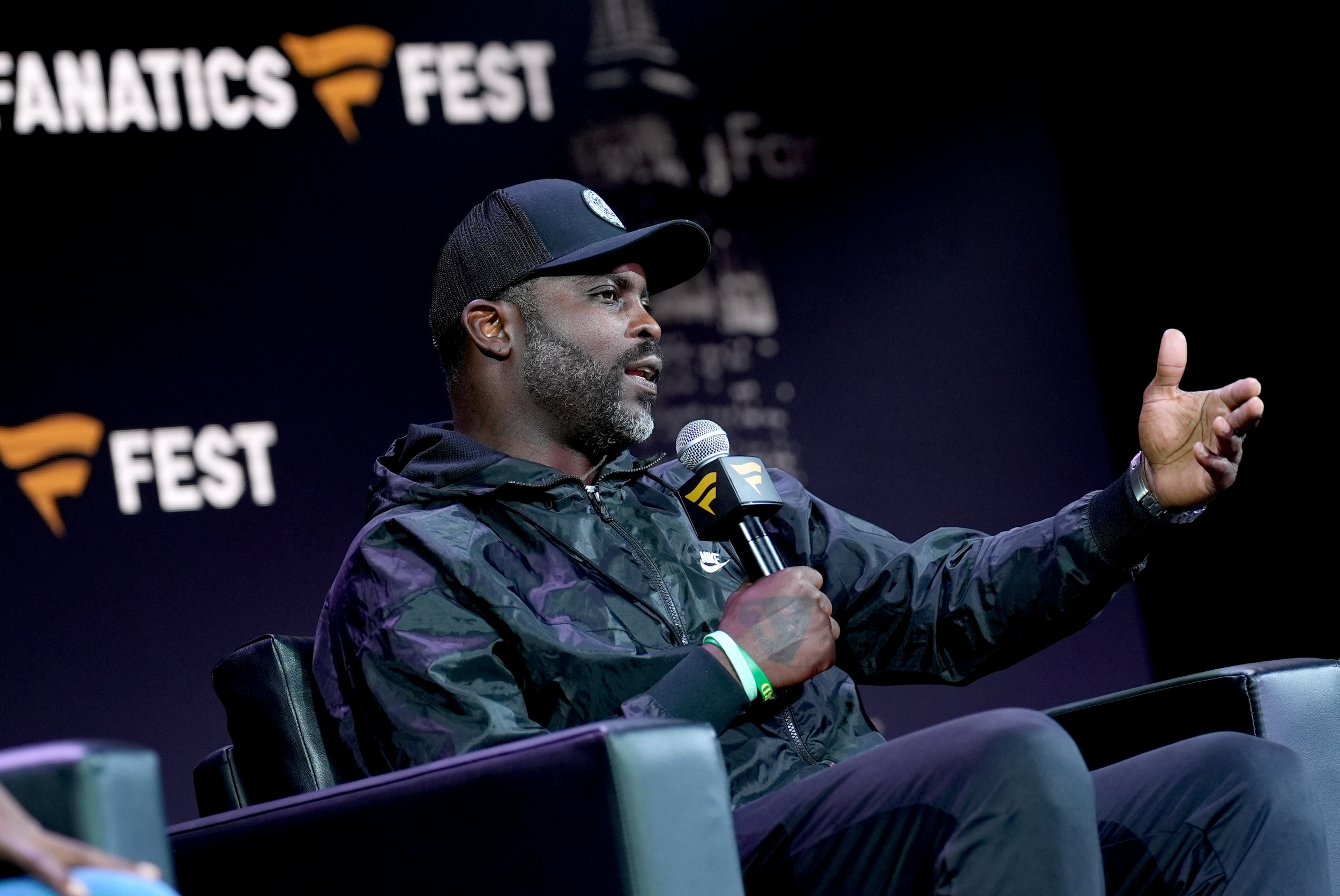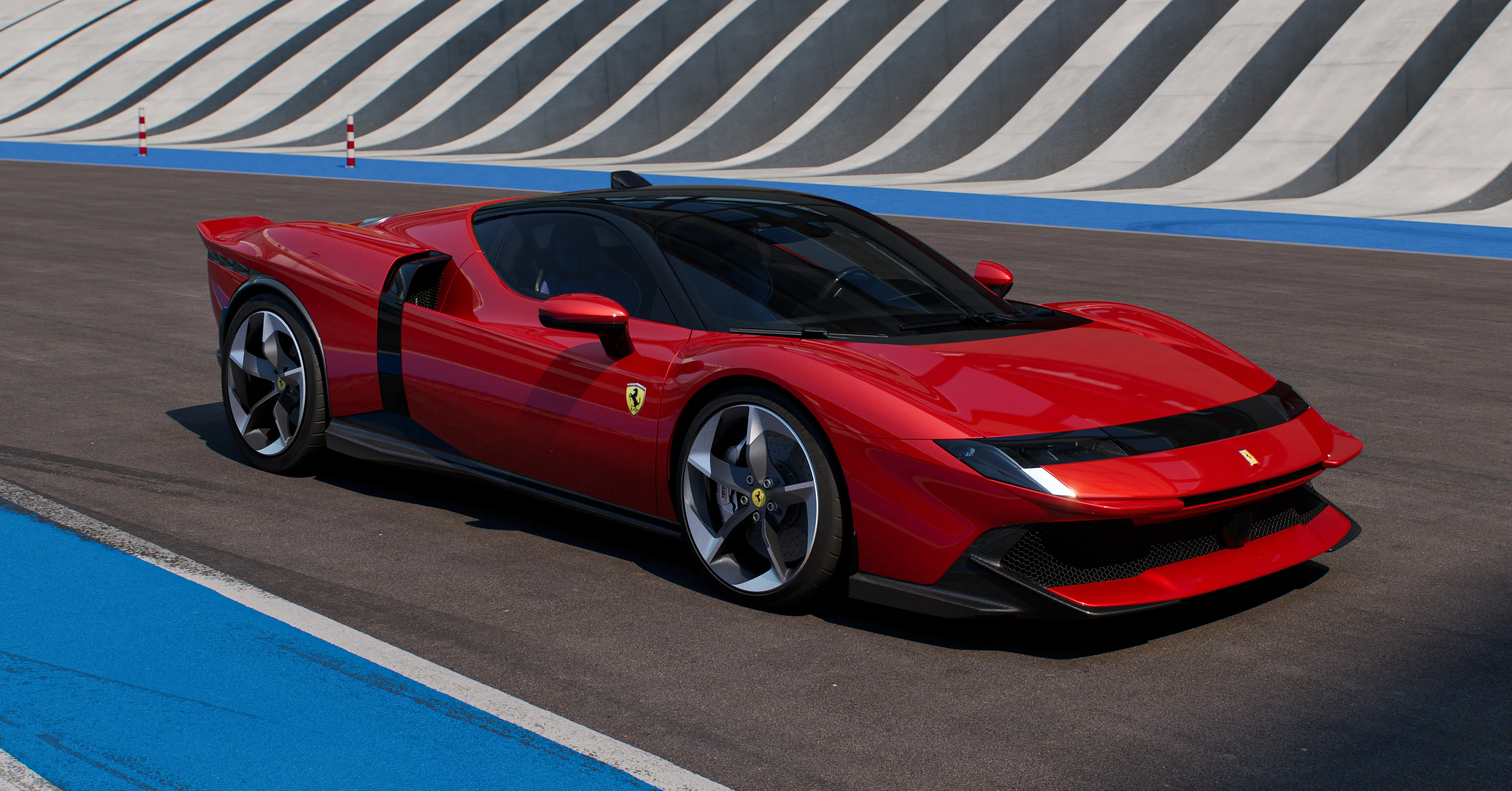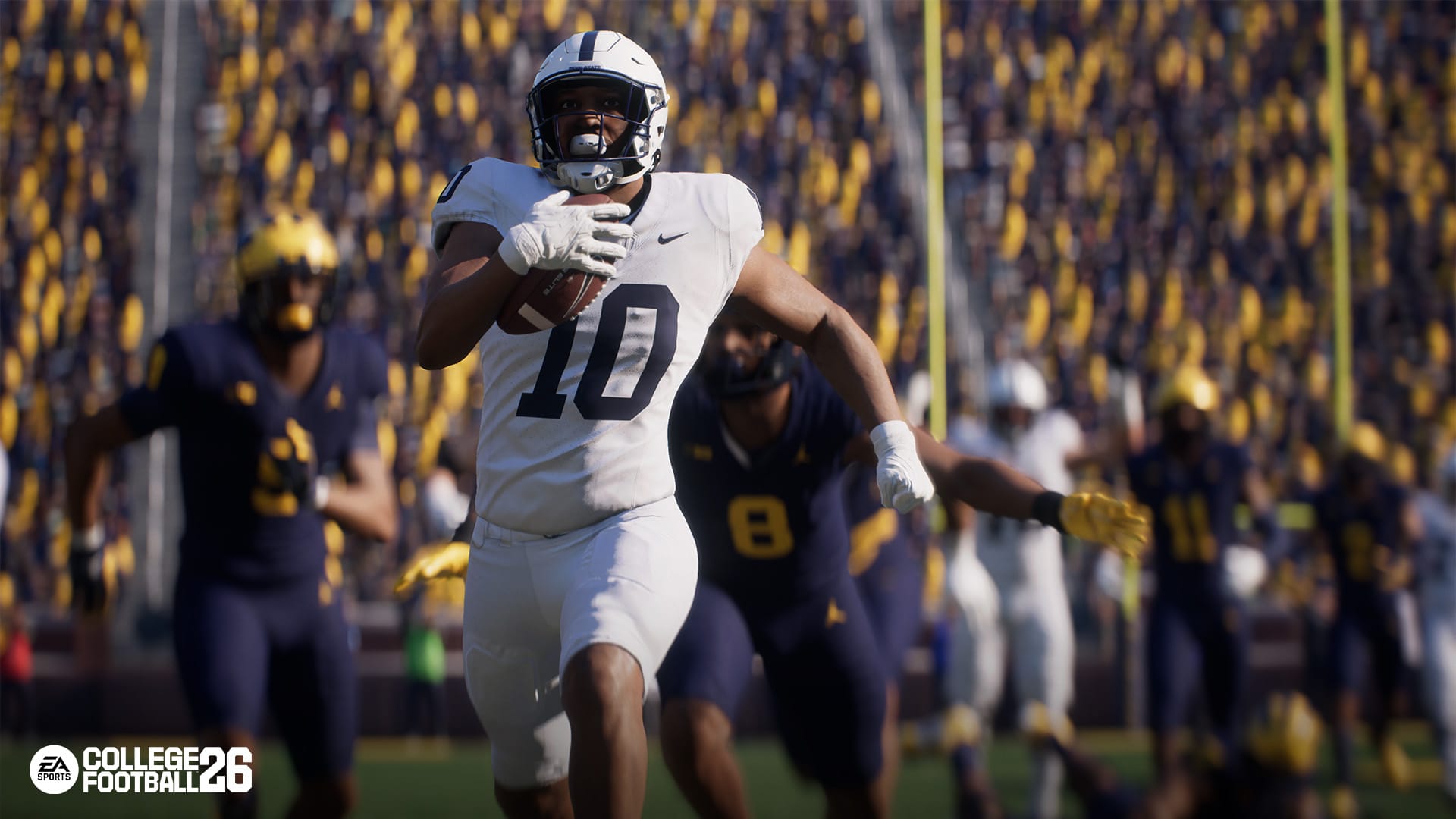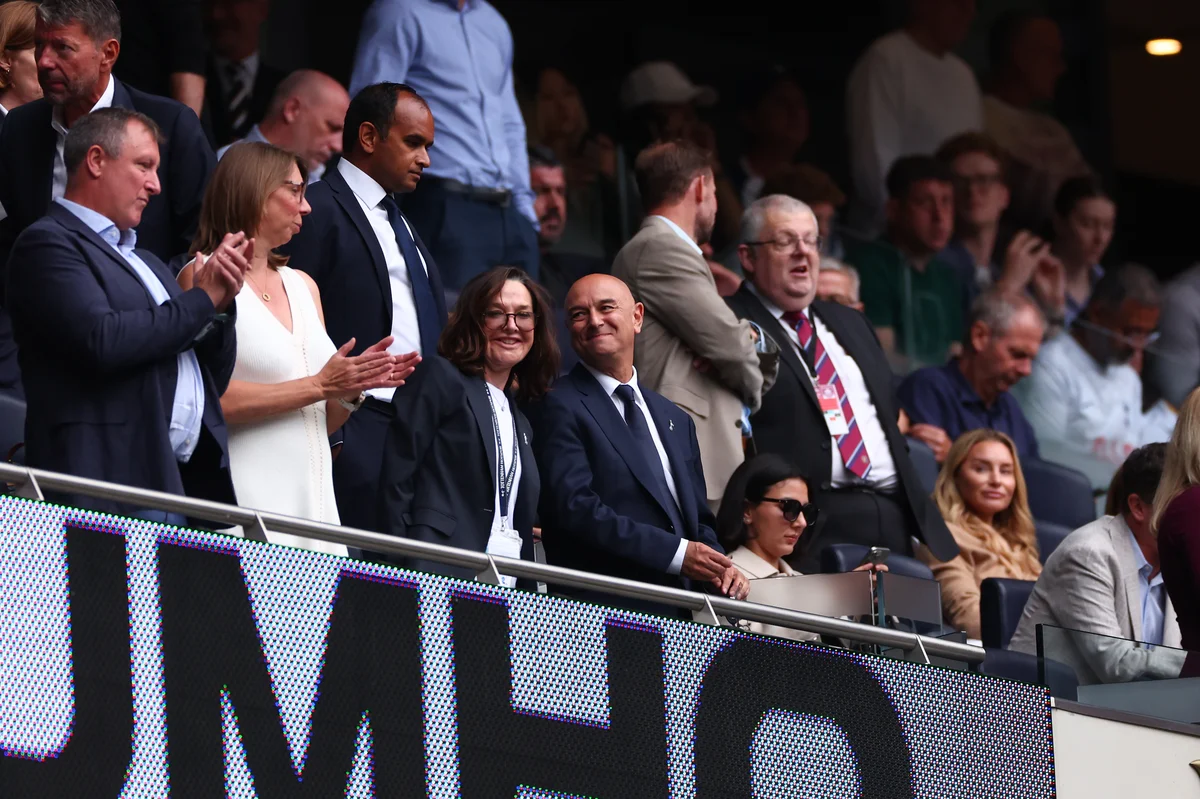‘Not The Only Way To Help Indian Tennis’: Sania Mirza Has Little Interest In Sports Administration
By Feroz Khan,News18
Copyright news18
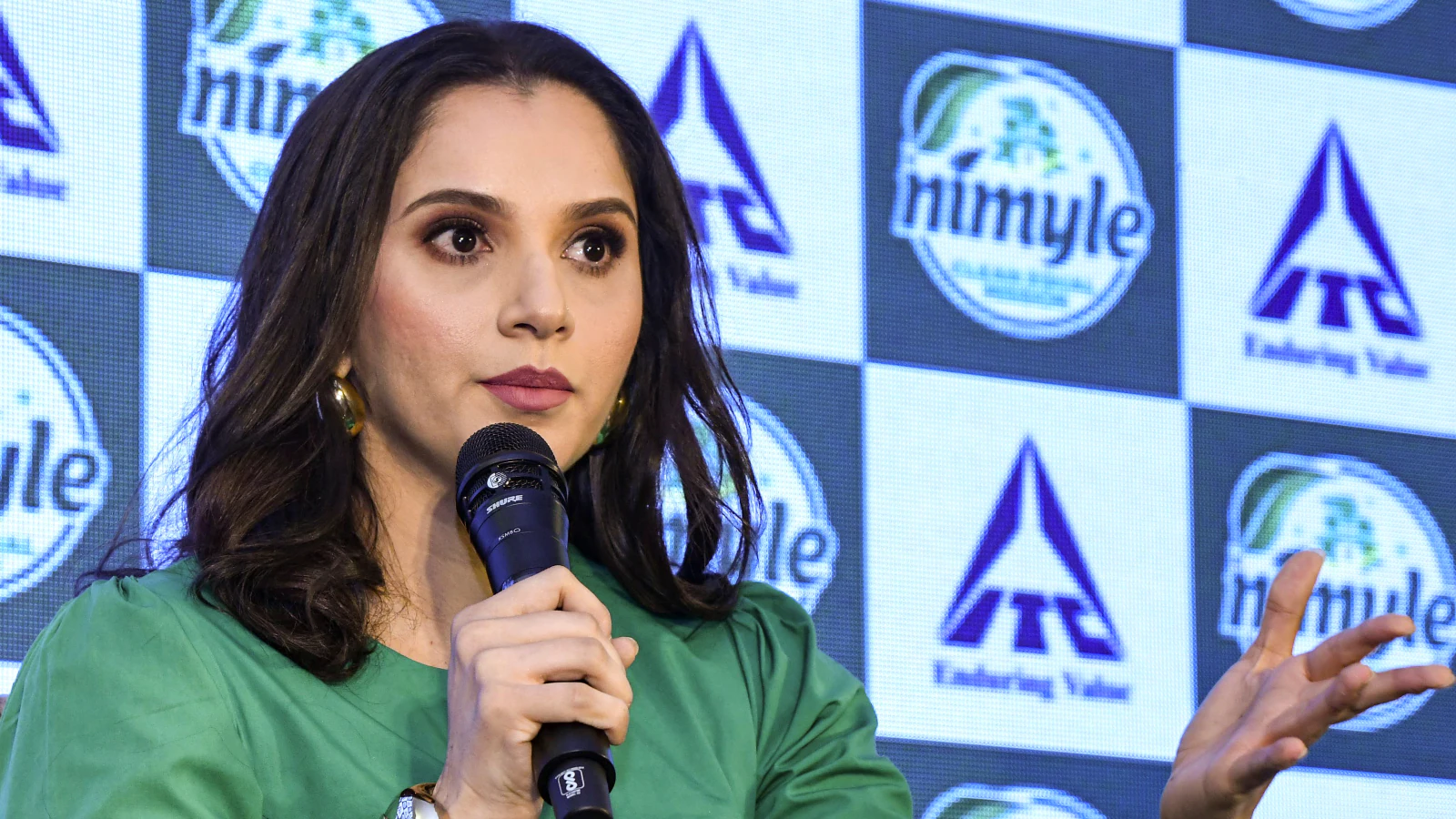
The National Sports Governance Act requires four women in the 15-member executive body of each sports federation in the country. However, the renowned Sania Mirza believes her influence on nurturing young talent extends beyond a position in the All India Tennis Association (AITA).
Sania, a pioneer for Indian women in sports, discussed various issues exclusively with PTI from her Dubai residence, including pay parity in tennis, India’s Davis Cup victory against Switzerland, and her views on 16-year-old Maya Rajeshwaran Revathi as a promising talent.
When asked if she sees herself in sports administration in the near future, Sania expressed little interest. She said, “I don’t know if being in that power position is the only way I can help. If I had an opportunity to contribute more by being in that position, I would love to do it. But is it something that I’m aiming for or that’s my goal? The answer is no, that’s not my goal.”
For her, a title isn’t necessary to assist the next generation of Indian tennis players. “My goal is to help as many young players as possible, especially young girls, because they lack many role models. I want to share my experiences. If that allows me to be part of the system and gives me more opportunities than just helping on the phone or on the court, I’m happy to do it. But it’s not my primary focus,” she stated firmly.
There has been much discussion about emerging talent in Indian women’s tennis post-Sania, and the 38-year-old is highly impressed with Maya Rajeshwaran Revathi’s development. Maya trains at the Rafael Nadal Academy in Mallorca, Spain.
“Maya has shown great potential. It’s been a long time since we’ve had this discussion about who comes after me, and we’ve been dealing with this for the last 25 years. It’s encouraging to see a young 15-16 year old excelling and holding her own against older players.”
Sania, a former world No.27 in singles, also commended the Indian men’s team for their Davis Cup win against Switzerland in Biel. “It’s a great time to congratulate the Davis Cup team for their first win in over 31 or 32 years in Europe against a European team, beating Switzerland. Sumit Nagal has led this resurgence over the last year and a half.”
However, she noted that India’s premier singles player, Nagal, is already 28. “These players are 28, 29, 30 years old, and in tennis terms, that’s not young. It may sound harsh, but that’s the reality. Nonetheless, Sumit has done an incredible job keeping the flag flying high, especially in the Davis Cup.”
Regarding young player Dhakshineshwar Suresh, Sania advises a wait-and-see approach. “We need to give him some time. We’re finally seeing results in singles, and he still has some way to go. But there’s definitely potential, and hopefully, bigger and greater things are ahead.”
While Grand Slam events offer equal prize money for men and women, Sania wants more pay parity in the sport. “It’s a myth that women and men tennis players earn the same. They do at Grand Slams and maybe one or two tournaments outside of that, but not many. A woman ranked 80th in singles earns less than a man with the same ranking because of the disparity in other tournaments. Equal prize money should not even be a point of discussion anymore, given that the effort, team, and expenses are the same for both genders.”
Tennis has become significantly faster and more physically demanding. “The shift to power tennis happened when the Williams sisters entered the scene over 20 years ago. Since then, courts have gotten faster. If you watched Alcaraz vs Sinner at the US Open, the court was lightning fast. Tennis has become three to four times more physical than it was 30 years ago.”
With PTI Inputs
